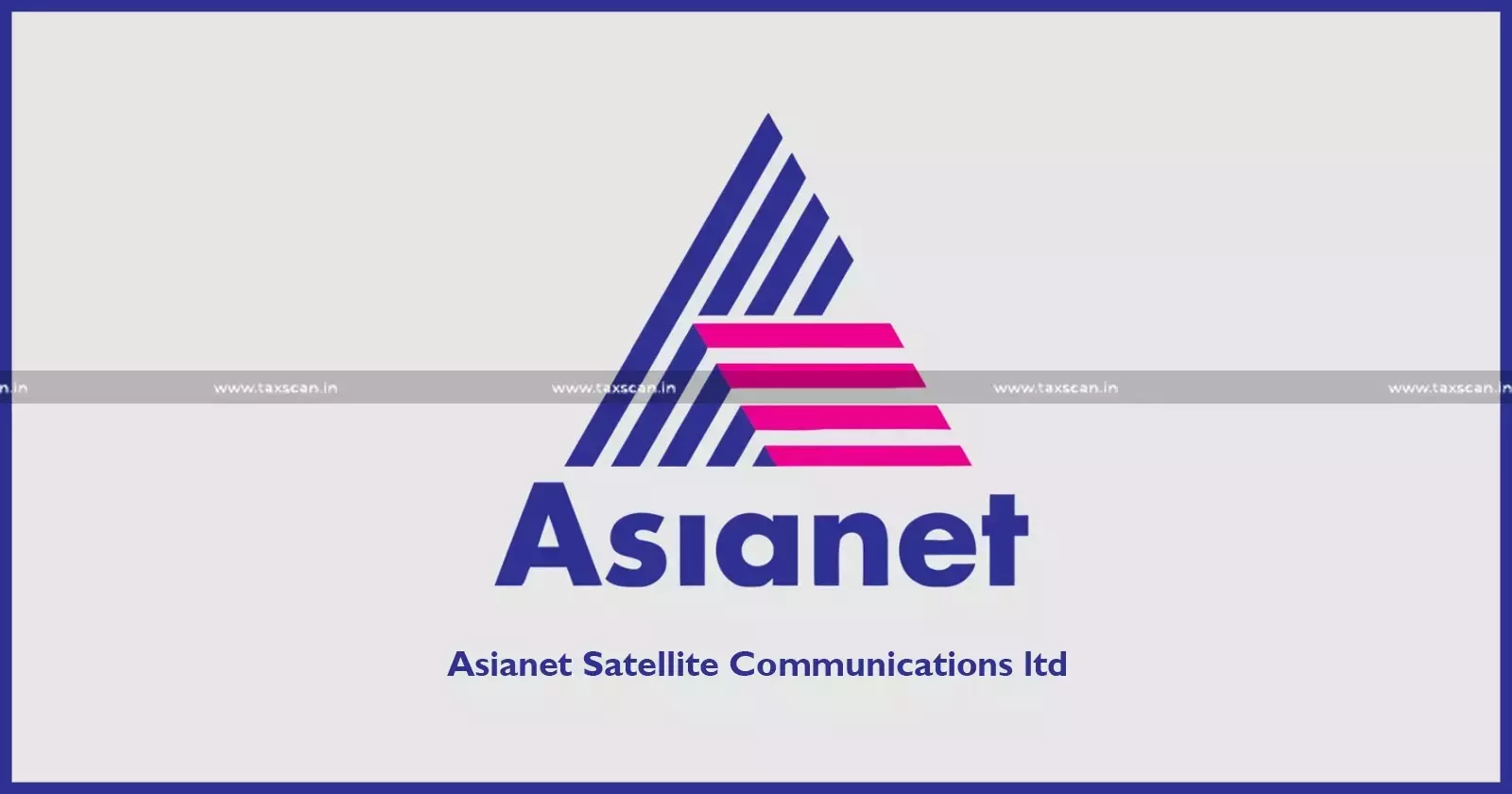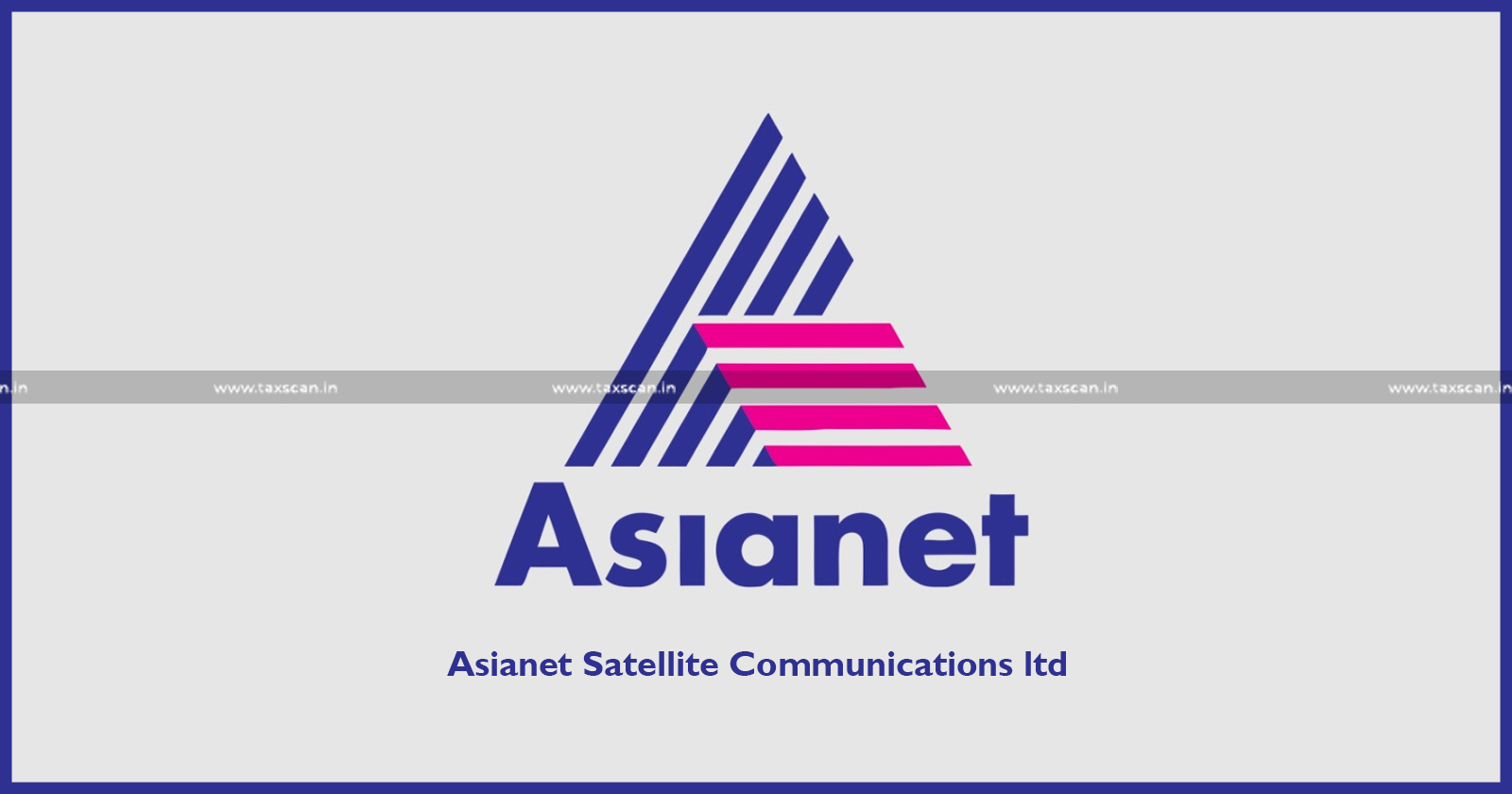Relief for Asianet Satellite: ₹3.04Cr Service Tax Demand Set Aside as CESTAT Finds SCN Built on Faulty Methodology [Read Order]
CESTAT upheld the dropping of the ₹3.04Cr demand on Asianet Satellite, finding the SCN’s computation flawed and no Rule 4(7) violation proved.

The Bangalore Bench of the Customs, Excise and Service Tax Appellate Tribunal (CESTAT) upheld the Commissioner’s order dropping the ₹3,04,52,782 service tax demand raised against Asianet Satellite Communications Ltd., holding that the Show Cause Notice (SCN) was founded on an incorrect methodology and that no violation of Rule 4(7) of the Cenvat Credit Rules, 2004 was established.
The dispute began when the Department, upon reconciling the ledgers of the Respondent, alleged that the company had taken CENVAT credit on input services merely on the basis of invoices without releasing payments to creditors.
A SCN was issued demanding ₹3,04,52,782 in service tax and proposing disallowance of ₹6,34,284 as wrongly availed credit.
 Also Read:Relief to Asianet: CESTAT quashes Order of Classification of ‘Line Extender’ under category of Broadcast Signal Amplifier on ground of Incorrect Classification [Read Order]
Also Read:Relief to Asianet: CESTAT quashes Order of Classification of ‘Line Extender’ under category of Broadcast Signal Amplifier on ground of Incorrect Classification [Read Order]
Before the Commissioner, the assessee submitted that outstanding creditor balances at year-end were regularly settled in the subsequent financial year and that the Department had incorrectly taken the entire sundry creditors figure as ineligible credit.
The Commissioner then forwarded these submissions to the Divisional Deputy Commissioner for verification.
The Divisional Deputy Commissioner confirmed that the assessee’s contention was correct and that the computation adopted in the SCN was “incorrect” and based on an unstable foundation. He reported that Asianet had paid more to its creditors than what was due during 2006–07, resulting in a negative incremental credit balance, contradicting the Department’s assumption of unpaid amounts.
The Commissioner held that the “very foundation” of the SCN collapsed because it considered absolute differences, whether excess or short, as ineligible credit, a method the Commissioner described as “illogical and inaccurate.” He accordingly dropped the entire demand and held that no violation of Rule 4(7) could be established.
On appeal, the Revenue reiterated that payment of invoice value was mandatory before availing credit and argued that the Commissioner erred in accepting year-end adjustments.
This was not countered by the Revenue in any manner in their grounds of appeal except to state that Rule 4(7) of the Cenvat Credit Rules, 2004 was mandatory and had not been complied with.
 Also Read:Relief for Asianet: ITAT allows Deduction of Interest on Delayed Statutory Payments as Business Expenditure [Read Order]
Also Read:Relief for Asianet: ITAT allows Deduction of Interest on Delayed Statutory Payments as Business Expenditure [Read Order]
The Bench comprising P.A. Augustian (Judicial Member) and R. Bhagya Devi (Technical Member) held that the Commissioner’s reasoning was unassailable, as the SCN’s foundation was indeed unstable and unsustainable.
The Tribunal found there was no infirmity in the Commissioner’s conclusion that the demand was based on a faulty methodology and that no contravention had been made out.
Complete Supreme Court Judgment on GST from 2017 to 2024 with Free E-Book Access, Click here
Accordingly, the Tribunal upheld the impugned order and dismissed the Revenue’s appeal in full.
The Respondent was represented by Harish Bindumadhavan, while M. A. Jithendra appeared for the Revenue.
Support our journalism by subscribing to Taxscan premium. Follow us on Telegram for quick updates


